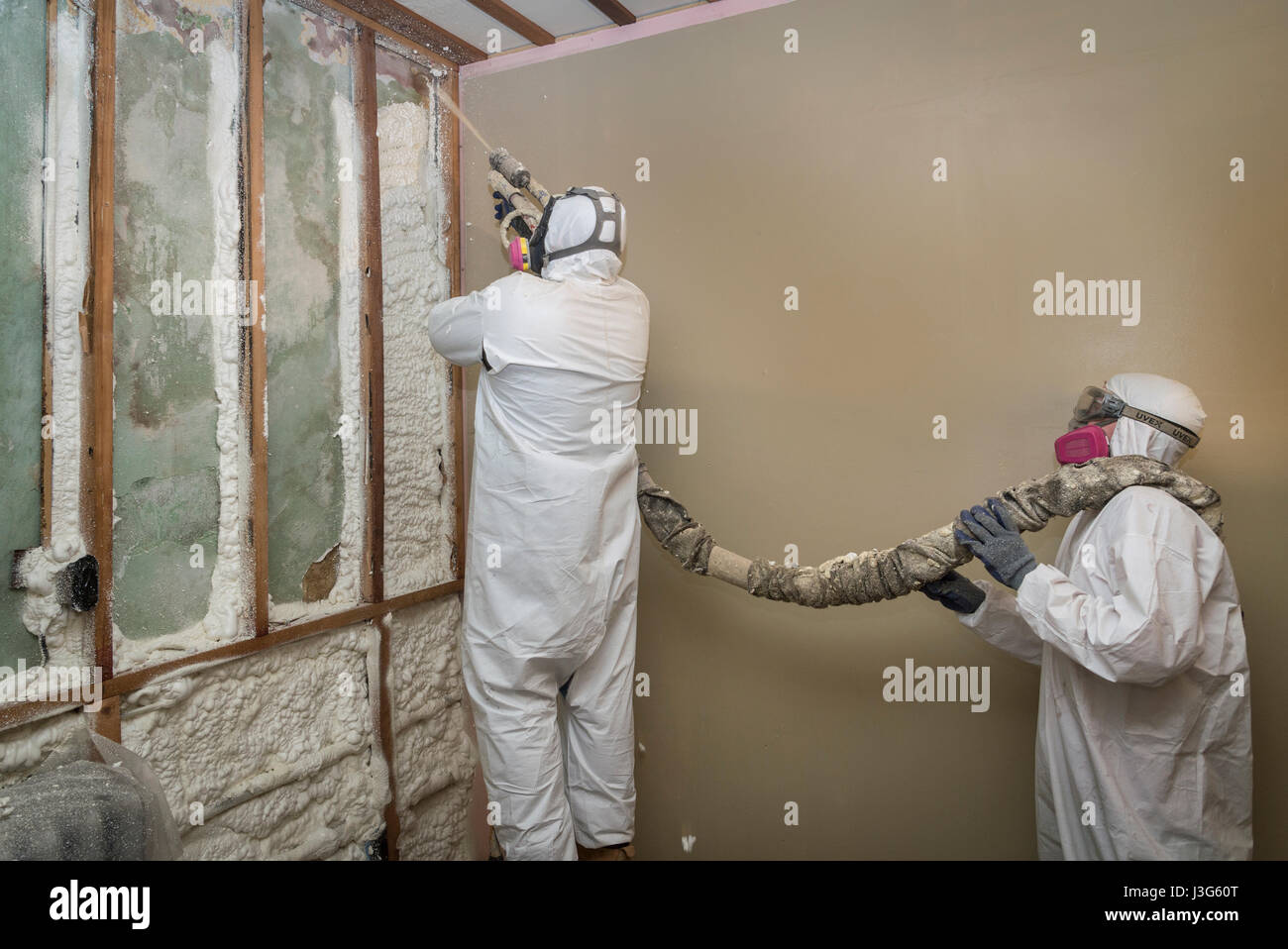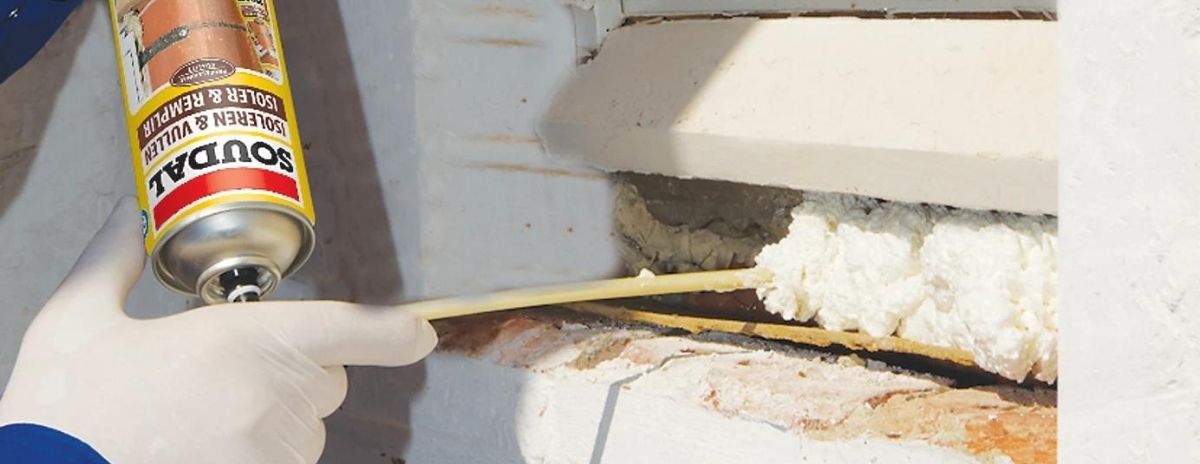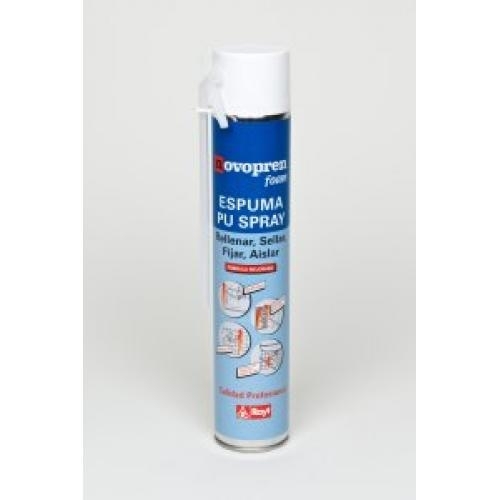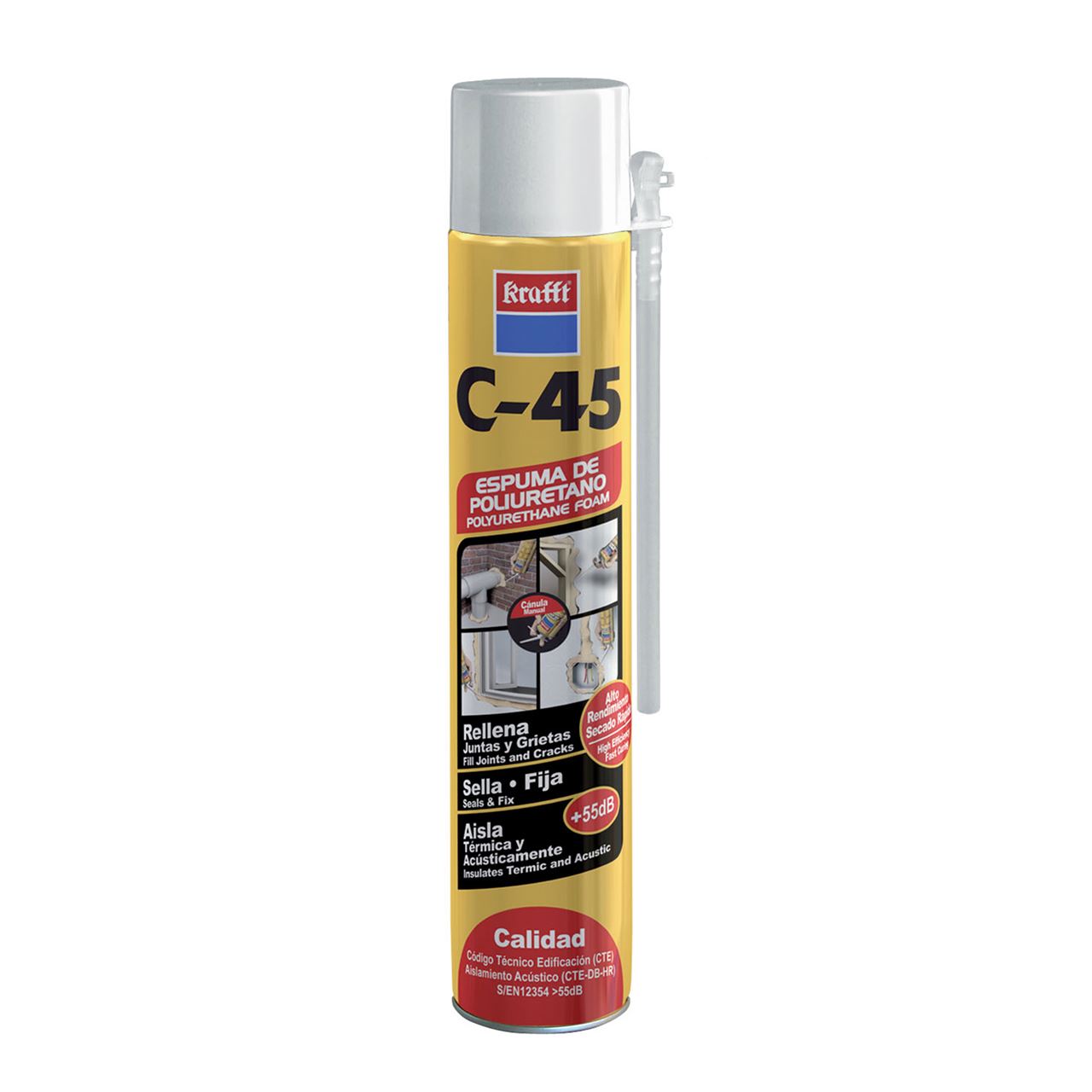
Espuma de poliuretano 600BdFt, Kit de aislamiento de espuma en aerosol, celda cerrada| | - AliExpress

32475 | Espuma de poliuretano Blanco CRC PU Foam Fast Grip, Aerosol de 400 ml, para Unión, relleno, sellado | RS

Tradineur - Spray de Espuma Poliuretano - Bote de 300 ML - Bote para relleno, sellado, fijación - Aislamiento térmico, acústico

Spray adhesivo extra fuerte (500 ml) para aislamiento de espuma acústica. : Amazon.es: Bricolaje y herramientas

Aerosol Espuma Poliuretano Para Techo Foto de stock y más banco de imágenes de Aislante - Aislante, Espuma, Rociado - iStock

Penosil EasySpray, un revolucionario sellador de espuma proyectable con aplicador de proyección único - Ferretería

Tradineur - Spray de Espuma Poliuretano - Bote de 300 ML - Bote para relleno, sellado, fijación - Aislamiento térmico, acústico
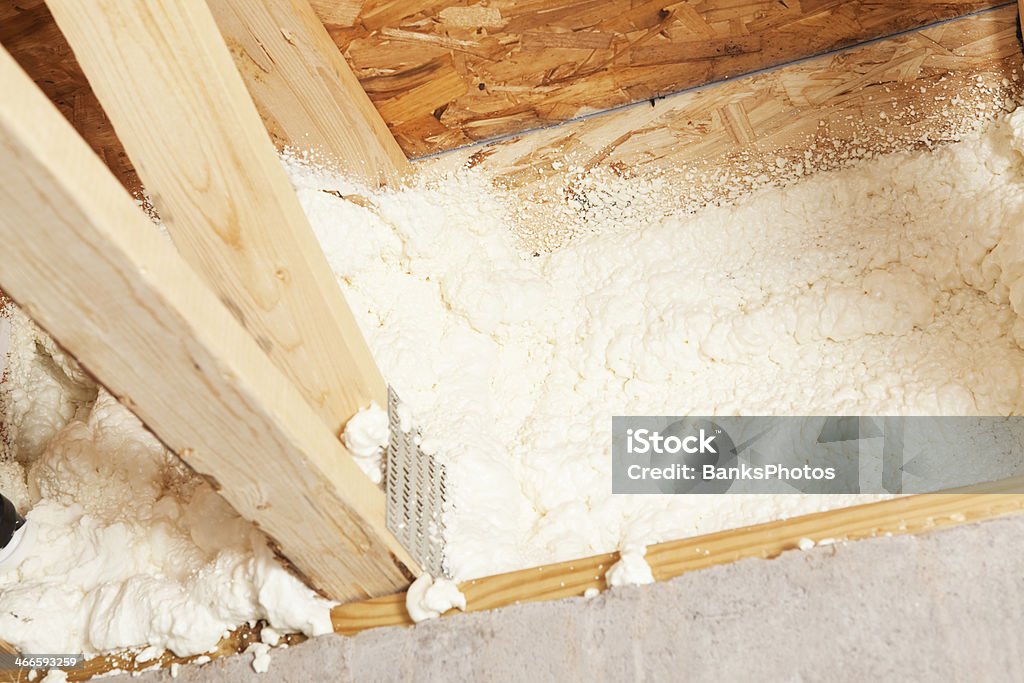
Extensible Joist Aislado Con Borde Espuma De Aerosol De Aislamiento Foto de stock y más banco de imágenes de Aislante - iStock
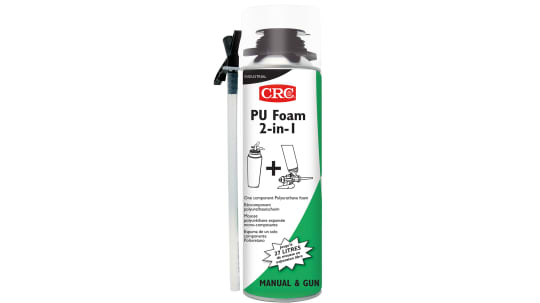
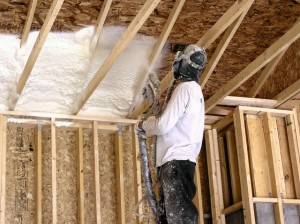
![▷ Espuma de POLIURETANO proyectado - VENTAJAS [2020] ▷ Espuma de POLIURETANO proyectado - VENTAJAS [2020]](https://bricovel.com/blog/wp-content/uploads/2019/10/espuma-de-poliuretano.jpg)
